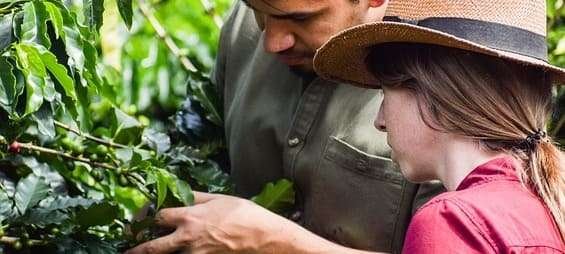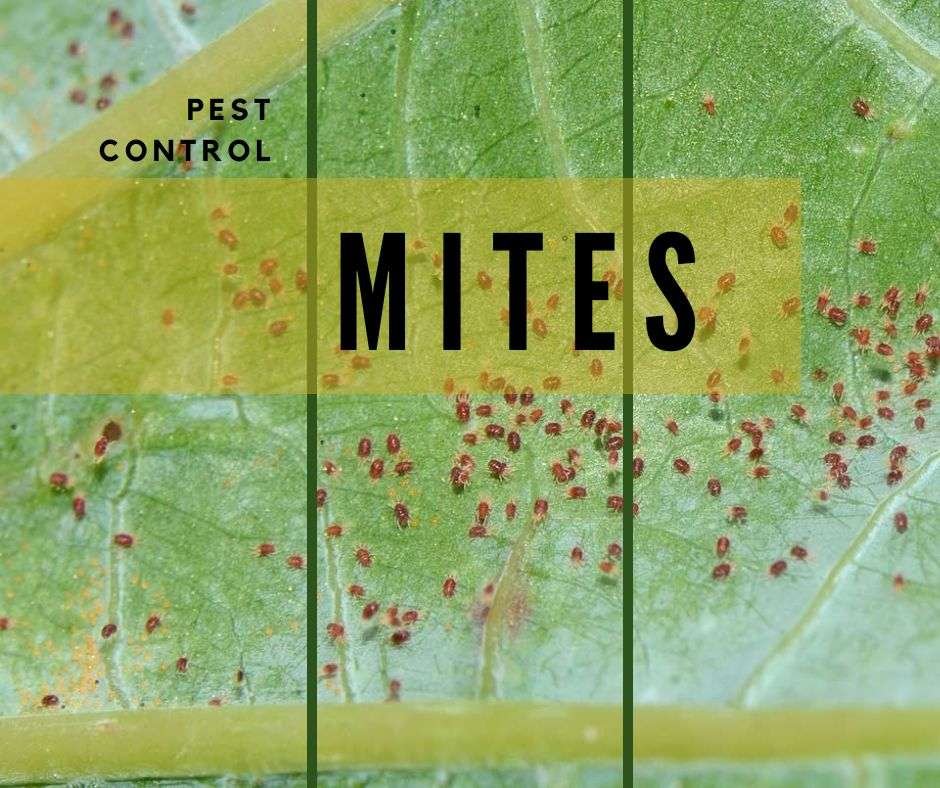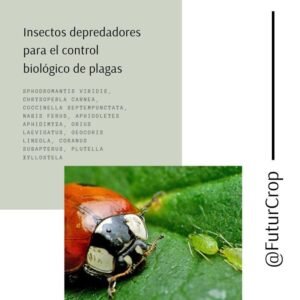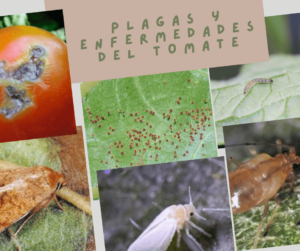The term Acari refers to their diminutive size. They are a subclass of arachnids, although for a long time they were considered an Order.
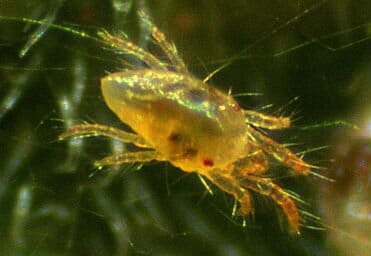

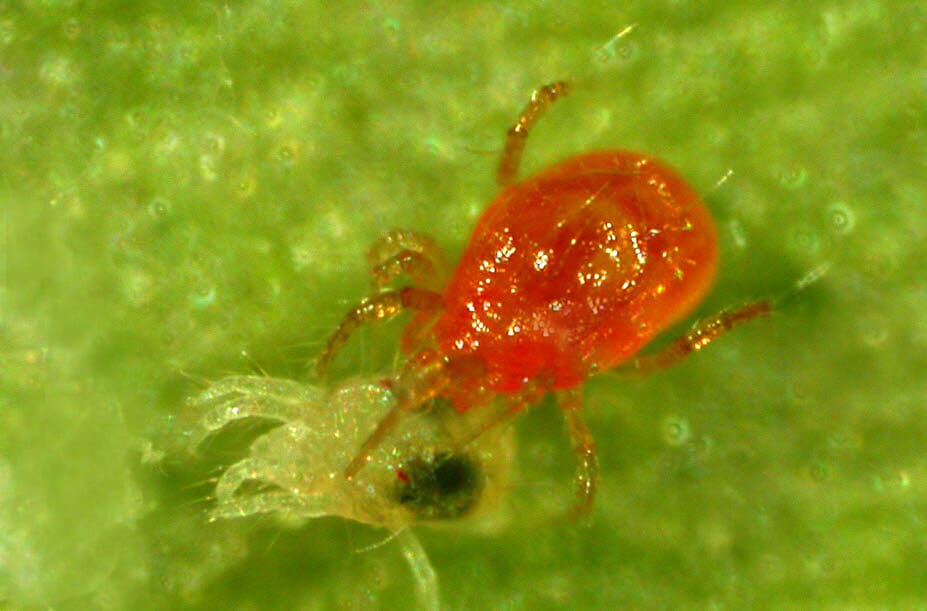

There are about 50,000 species, which are classified into 2 types:
Eryophids
Tetranychids
The first are pests that, although they do not cause great direct damage, the saliva they inject when feeding can carry viruses.
The second are the most characteristic mites, and the pests of the order that can cause the most direct damage. They are suckers, and as a consequence of their feeding system, pitting is usually observed on plants, in most cases of a yellowish color.
Among the tetranychids, the fruit tree spider mite (Tetranychus urticae), which attacks more than 150 agricultural species, and the fruit tree red mite (Panonychus ulmi), which is one of the mites that attacks fruit trees the most.
Some mite species can be predators or parasites of other insect pests, as is the case of Phytoseiulus persimilis, which is a predator of Tetranychus.
The suborder Acaridia includes the family that includes pest species of flour and other stored plant products.
Mite control
The application of a control treatment must be done at the right time. It can be just at the time of egg hatching, or before the third nymphal stage, in the immature stages of the 2nd generation, etc.


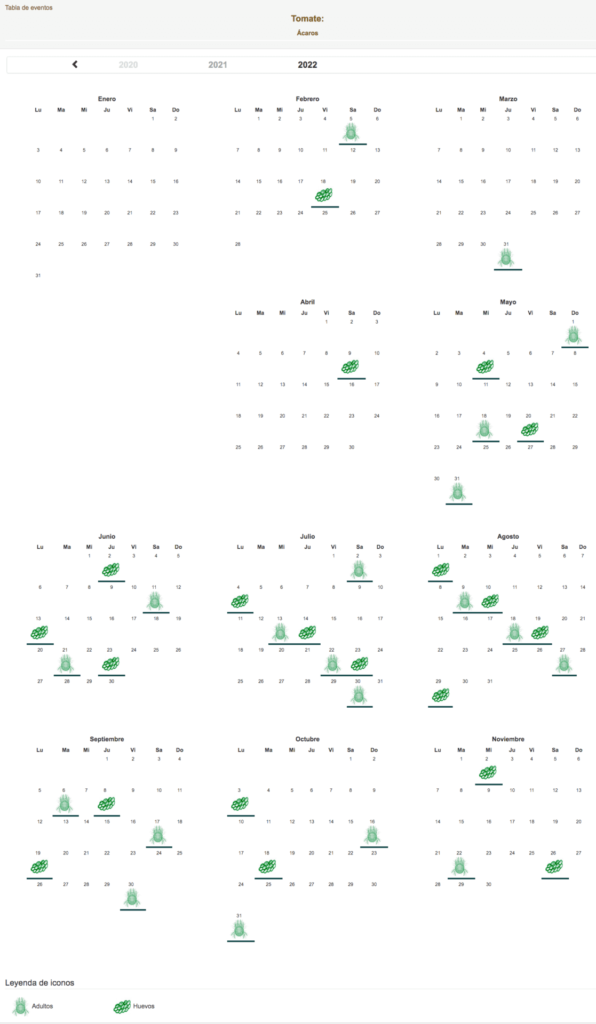

FuturCrop calculates short-term forecasts of the activity of 179 agricultural pests, based on accumulted temperature thresholds associated with critical stages of their life cycle.
FuturCrop forecasts indicate, for a given day, the stage of the pest’s life cycle and the day for the most efficient treatment.

